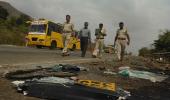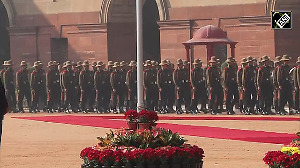The toughest part is to tackle human behaviour.
On the Atal Setu, says Indrajit Gupta, I chose to drive at a consistent speed of 80 kmph in the middle lane.
Vehicles on the right lane were clipping along at 150 kmph, way over the maximum permissible limit of 100 kmph.
On occasion, I had to slow down or dodge vehicles suddenly pulling into the middle lane from the side.
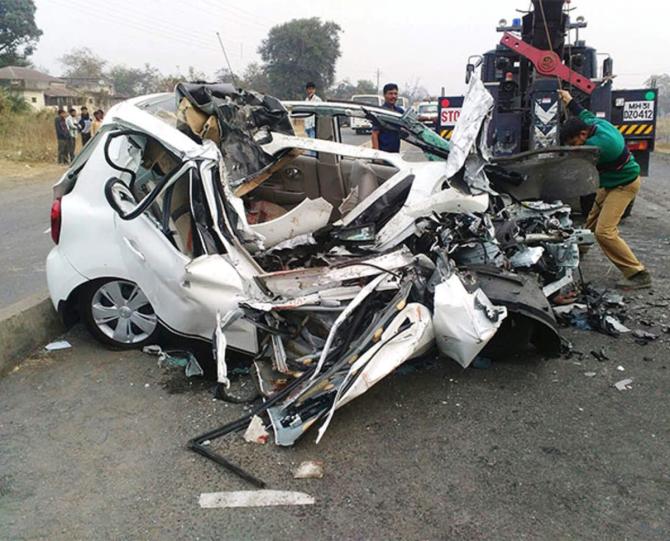
The horrific footage of a road accident from a dashboard camera of a car on Sunday, January 21, went viral on WhatsApp.
It was from the newly inaugurated Atal Setu, the 21 km trans-harbour link that connects Sewri and Nhava Seva.
The occupants of the maroon Maruti Ignis had a miraculous escape when the car hit the divider and somersaulted more than a couple of times while attempting to overtake a car from the left side at high speed. The accident occurred just an hour before I passed through the same stretch.
On the way back to Mumbai from Ulwe, the accident vehicle was being towed away. The tragedy could have been much worse.
Rows of cars were parked along both sides of the bridge, with people busy clicking selfies at the scenic spot.
Parking is strictly forbidden on the bridge, but families were oblivious to the dangers even after an hour of the ghastly accident.
A few police officers manning the stretch had a hard time trying to persuade people not to stop and park.
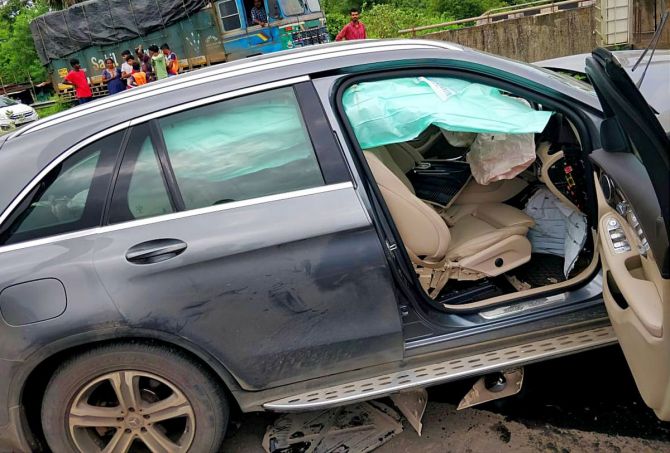
Here's the sobering fact: The more we set up modern expressways, highways and bridges, the more the ignominious tag of having the highest number of road fatalities and accidents in the world refuses to go away.
Nearly 10 per cent of fatal accidents -- of the 150 road accidents that happen every hour around the world -- take place in India.
There are many reasons for such a high rate of fatal road accidents, with over half of them occurring on India's national expressways and highways: Overspeeding, poor engineering and road design, and inadequate trauma care.
On September 4, 2022, bad engineering and design claimed the life of former Tata group chairman Cyrus Mistry and his friend Jehangir Pandole.
Initial reports put it down to overspeeding, but later when the root cause was identified by the International Road Federation, it turned out to be a design flaw where the Ahmedabad-Mumbai highway suddenly narrowed from a three-lane highway to two lanes. What's equally sad is that Mistry and Pandole's lives might have been saved if they had worn rear seat belts.
Over the last few years, there have been many attempts to tackle this collective failure.
Nearly 9,000 blackspots have been identified, where repeated accidents take place.
Programmes like zero fatality corridors, like the one on the NH48 old Mumbai-Pune highway, have been designated, to reduce the chances of accidents.
By 2021, these interventions had helped reduce fatalities by 56 per cent over a three-year period.
Non-government organisations like the Save LIFE Foundation have endeavored to raise awareness and understanding among key stakeholders.
They have collaborated closely with Nitin Gadkari, the Union minister for road transport and highways at the Centre, as well as state governments, on programmes that rely on evidence-based interventions.
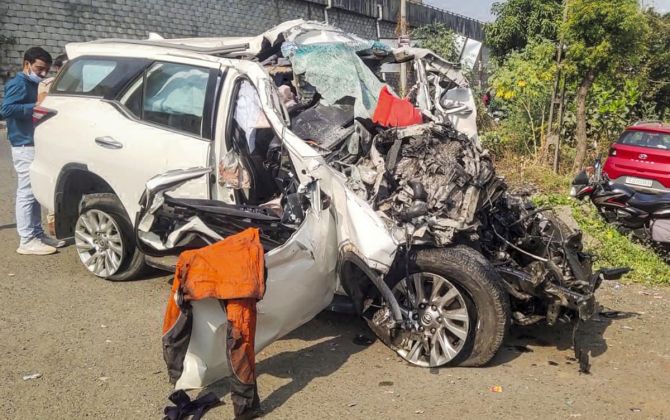
On a recent trip to Lonavala on the national highway, we found that the dangerous trend of trucks carrying protruding rods is now a thing of the past.
While the phenomenon may not have been entirely eliminated across the country, thanks to advocacy work done by SaveLIFE Foundation, state governments have finally stepped up the enforcement of the 2014 government ban.
The toughest part, though, is to tackle human behaviour. On the Atal Setu, I chose to drive at a consistent speed of 80 kmph in the middle lane.
Vehicles on the right lane were clipping along at 150 kmph, way over the maximum permissible limit of 100 kmph.
On occasion, I had to slow down or dodge vehicles suddenly pulling into the middle lane from the side.
Live speed guns and issuance of stiff penalties through e-challans could deter drivers from overspeeding, but here's the moot point: Why do people discount the risks of overspeeding on an expressway?
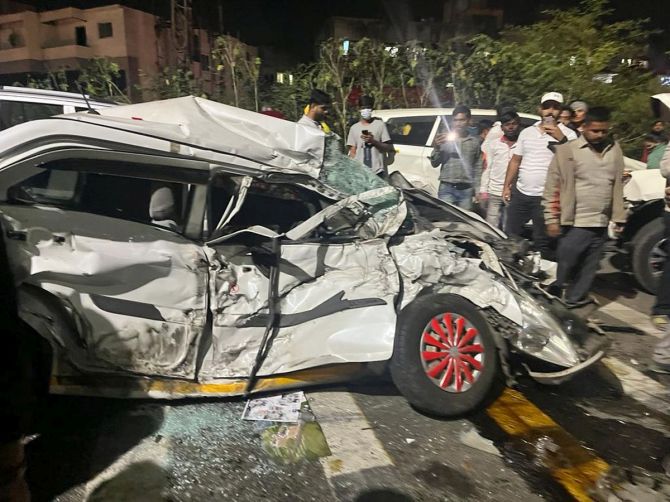
Behavioural design firm Final-Mile, now part of the Fractal group, argues driving is a non-conscious activity.
When drivers sit behind a wheel on a high-speed expressway, they tend to lose all sense of risk and empathy for fellow drivers.
As a result, traditional road safety signs do not get noticed. It takes specific nudges designed to force drivers to re-evaluate risk, instead of being oblivious while driving along the high-speed motorway.
It devised receding white stripes in some of these blackspots to create an illusion of acceleration that makes the driver sit up and take notice, thereby making him more alert to the possibility of an accident.
It also mooted more graphic, human and visual road signs to break through the consciousness.
So, what will it take to bring about a sea change? Improving policing and electronic surveillance, better infrastructure design, and safer cars are obvious answers.
We also need more stringent systems to issue drivers' licences.
Better and more responsive trauma care is needed to deal with preventable road accident deaths. But above all, achieving this will require much greater consciousness and awareness among citizens to ensure everyone's safety when they drive on India's roads.
Feature Presentation: Rajesh Alva/Rediff.com





